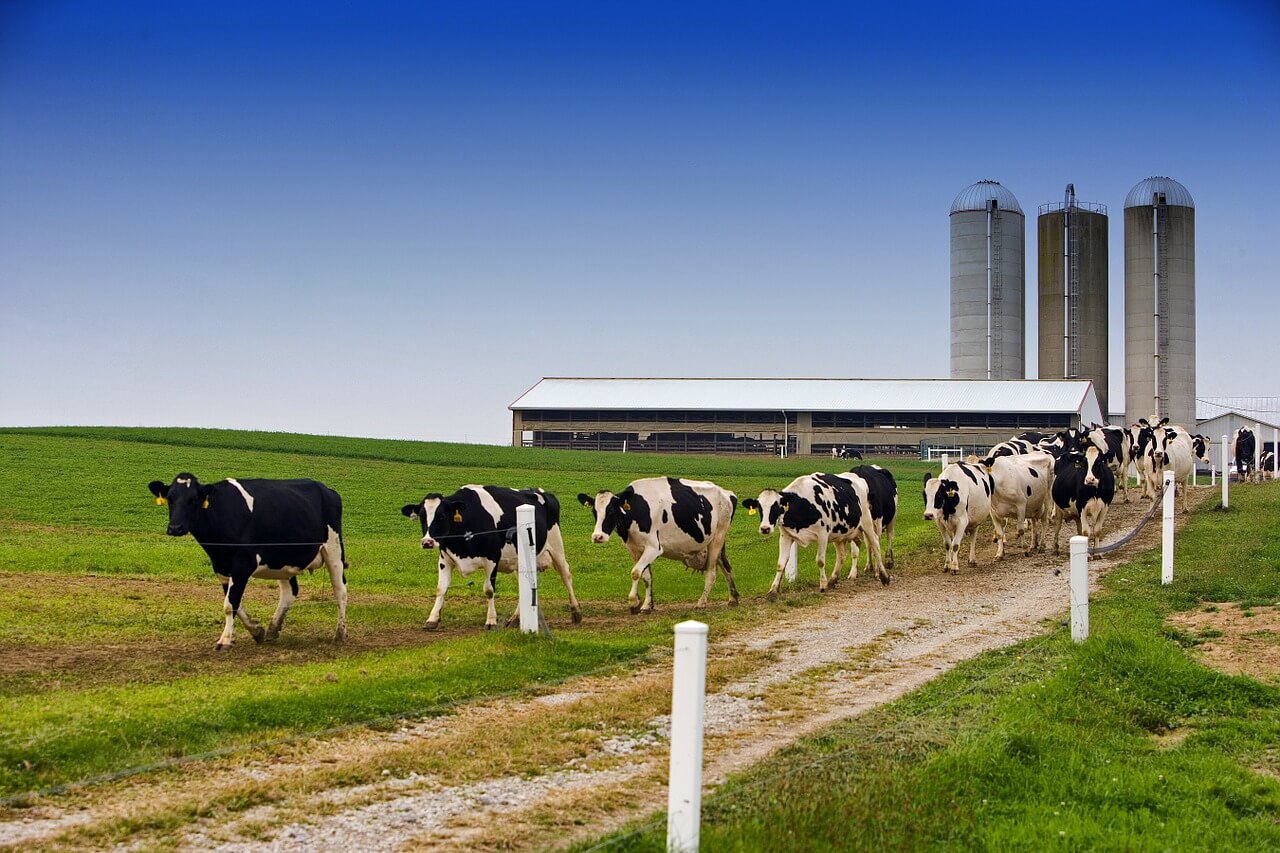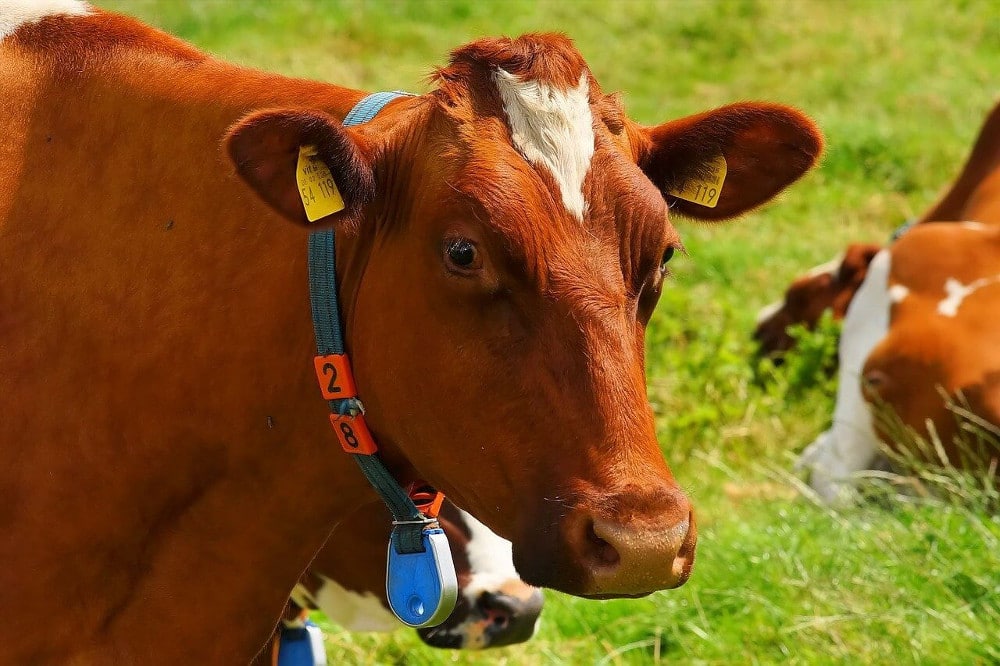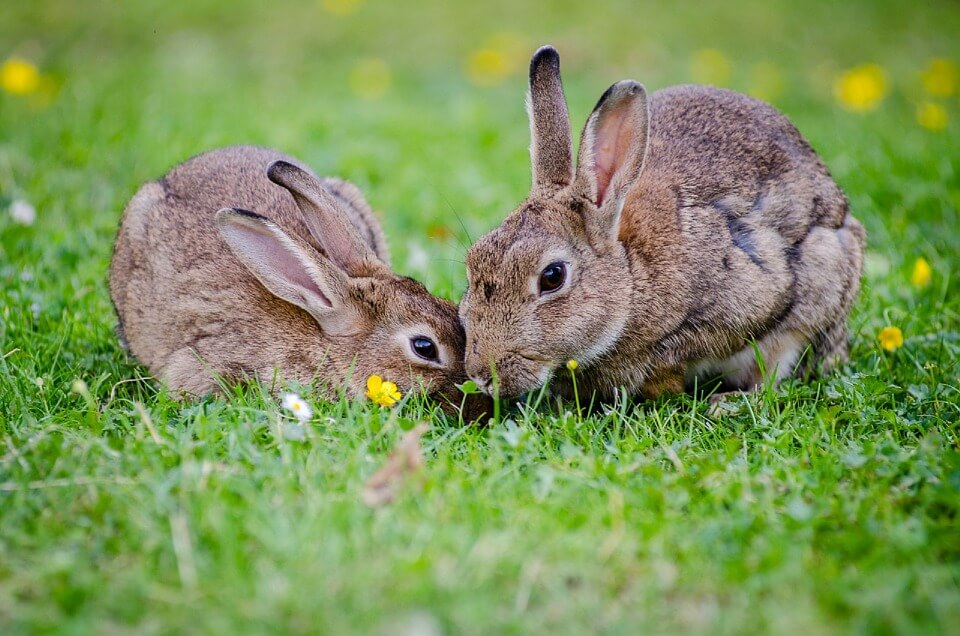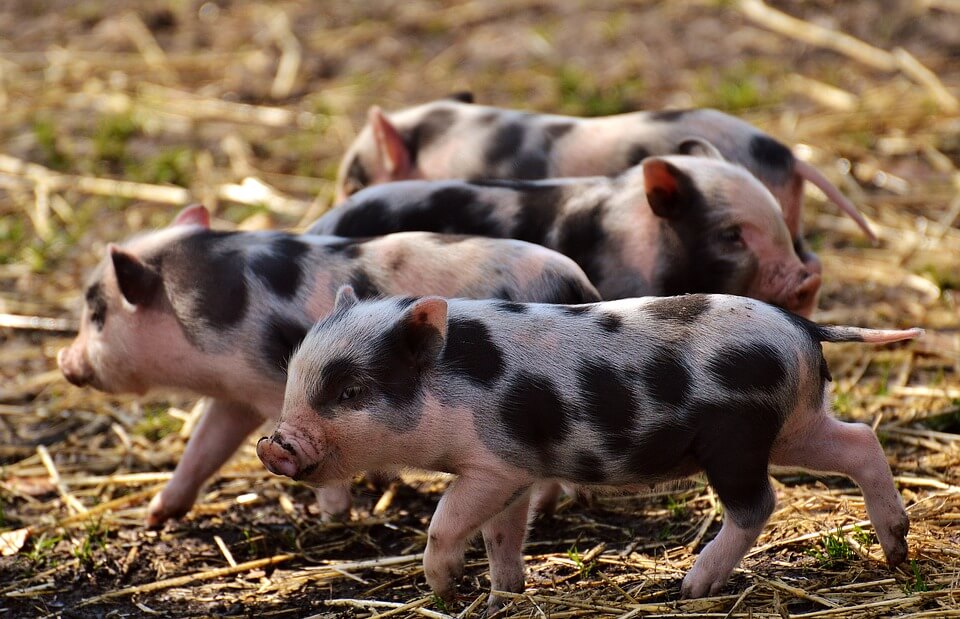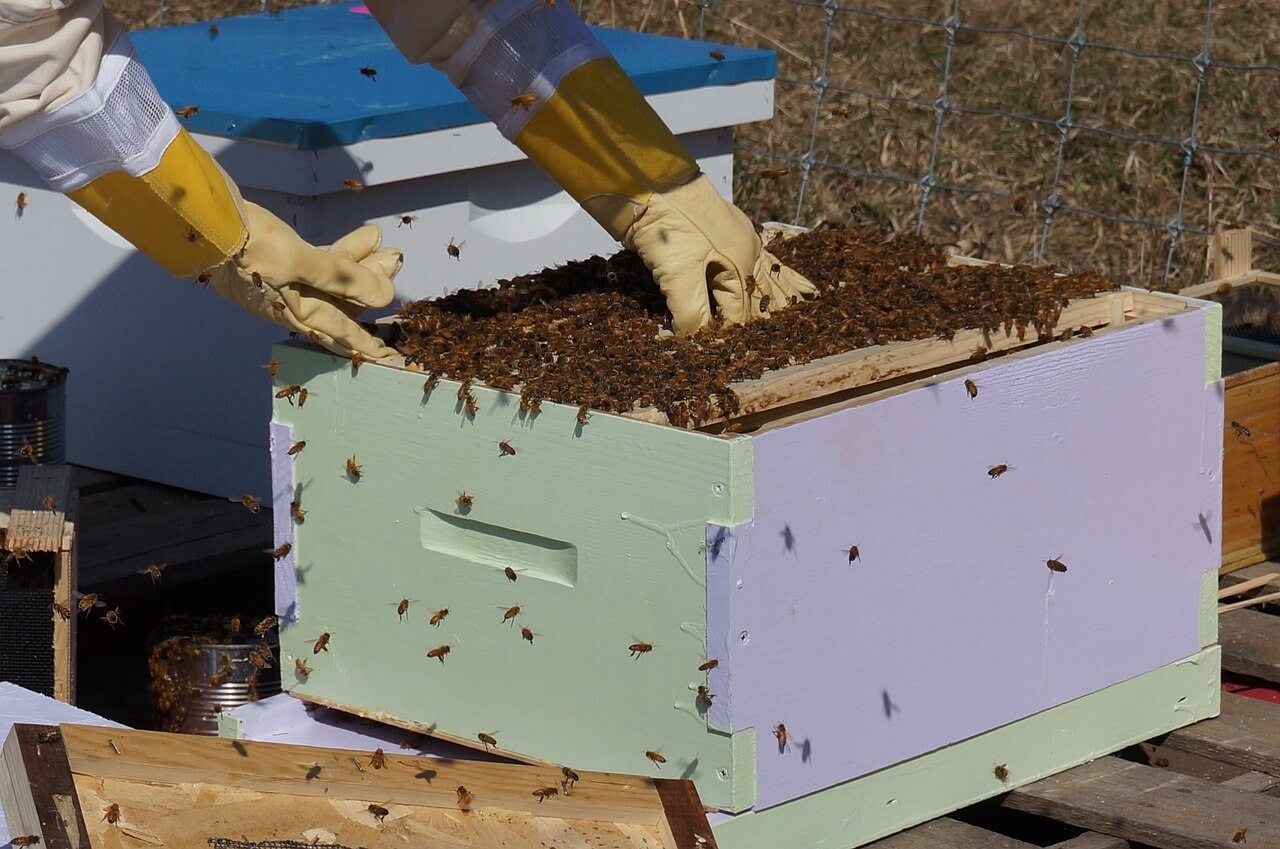Well, today, we will be looking at Dairy farming in Kenya. To start on this topic, I would love to let you know that Kenya produces 5 billion liters of milk every year.
And that the dairy industry accounts for 14 % of the total Agricultural revenue collected nationally. Additionally, the dairy industry in Kenya accounts for around 5-8 % of the total GDP.
From these numbers, you can see that dairy farming in Kenya is an industry that has the potential to improve livelihoods further if well managed.
So, in this article, I will guide you through the dairy farming details that you need to have first if you intend to carry this venture in Kenya.
I hope you learn a lot at the end of it. First, I will take you through a guide to the types of dairy cows found in Kenya. As seen below.
Related reading: The Potential of Rabbit Keeping in Kenya.
Types of Cows used for Dairy Farming in Kenya
There are four main types of dairy cows in Kenya. And they include :
- Ayrshire
- Friesian
- Jersey
- Guernsey
Apart from the above dairy cows, Kenyans also use crossbreeds (from the cows mentioned above ) to get milk. We shall say this along in the paragraphs (later on ). But for now, let’s have a look at the main types of dairy found in Kenya.
Ayrshire
This breed can be any color between red and white (that is if the Ayrshire is a crossbreed). But if the Ayrshire breed is a pure breed, then they strictly produce red and white calves (no other color). And the Ayrshire are free from genetic diseases.
Characteristics of the Ayrshire
- An Ayrshire weighs up to 250 Kilograms on maturity.
- If your planning to have this kind, then expect to harvest at least 23 liters of milk per day — not a bad investment after all.
- Please make sure that as an Ayrshire farmer you supply it with at least 20 liters of water per day. This can be more depending on how the breed responds.
- And when it comes to feeding, be prepared to provide feeds that weigh 60 kilograms in a day, this should be the minimal. You can add more feeds depending on how the breed responds.
Quality of milk given by the Ayrshire
One reason as to why many farmers have admired the Ayrshire is because they can convert feeds into grass efficiently.
When you start analyzing milk samples from cow breeds, you will get to hear the phrase that says the: ”Ayrshires cow give the ideal milk”;
This is because milk from the Ayrshire is almost optimal in fat and non-fat solids like protein. Equally, milk from the Ayrshire has a fantastic taste.
All these traits make the milk from this breed to make great yogurt, cheese, and ice cream.
Note: You are more likely to find the Ayrshire cow in Central parts of Kenya like Kiambu, Nyeri, Murang’ a and Thika.
In Western parts of Kenya like Mt.Elgon and Sabaot and the fertile Rift Valley regions like Laikipia, Kapsabet, Uasin Gishu, Kericho and Kabarnet.
Friesian
So, when it comes to the Fresian, expect to experience two colors of this breed. They are either white with black patches (this is the most common type you will find ) or white with red spots.
One unique attribute to the Friesian is its versatility, and by this, I mean the ability to be put to use for other functions other than dairy products.
Which is to say, the Friesian can be able to give lean meat hence seen as a source of meat production after they reach full maturity. Other characteristics of the Friesian follow below.
So, here, if you’re keeping a Friesian female cow, it may weigh up to 580kilograms, and if it is male, then you can get to a maximum of 770 kilograms.
All these weights are intended to be met upon maturity. If you’re in for big orders of milk, then the Friesian breed has you covered.
This is because this breed produces more milk than any other dairy type. They can give an average of 35 liters of milk per day. This depends on the kind of feeds provided.
Also, note that the Friesian do calve more frequently. As such, they take between 270-290 days for their gestation period to proceed to give birth.
Jersey
The jersey cattle is the one you can quickly identify from the other breeds because it has a relatively smaller body size as compared to the rest.
When it comes to color, the jersey can range from brown to light grey, and even sometimes it may seem dark fawn.
Below are more highlights about the jersey: For your male jersey, your sure to have it weigh 544 to 816 kilograms while the female ones might give you between 400 to 500 kilograms upon maturity.
The jersey produces milk that has high levels of riboflavin (B2), than any other dairy breed. This attribute has credited the jersey milk to be tasty and ideal for butter and cream formation.
The jersey is also known to be less costly in keeping when compared to other dairy breeds in the industry. Hence, if your planning to venture into dairy farming on a pocket-friendly budget, then you might consider the jersey.
Lastly, expect to get at least 23 liters of milk from the jersey on an average day.
Guernsey Dairy Cattle
If your the type of farmer that fears aggressive animals, then I suggest that you should consider rearing Guernsey because it is amicable and submissive to the owner.
Additionally, Guernsey will suit you as a farmer if you live in hard environmental areas, like where rain is scarce, or the area is dry. This is because Guernsey is well capable of surviving in average conditions.
When it comes to appearance, you will find out that most Guernsey cattle are fawn or red with some white patches. And their average weight is 450 kilograms.
Guernsey is solely kept for milk production as its primary role. Their milk has 5 % and 3.8% butter and protein content respectively.
You may also like Guidelines to Understanding Pig Farming in Kenya.
On a typical day, expect to milk 21 liters of milk for your Guernsey dairy cattle.
Now that you have gathered knowledge on the types of dairy cows farmed in Kenya, I will take you to another level of exposure where you will get to understand the challenges facing this venture.
Challenges Facing Dairy Farming in Kenya
For you to navigate the dairy farming industry in Kenya, it would be vital that you understand the pressing problems that this sector faces. By doing so, you will be in a better position to make informed decisions that lead to profit.
Below are pressing challenges to dairy farming in Kenya
Lack of a strong cooperative movement for small-scale dairy farmers in Kenya
Most Kenyan dairy farmers do it on small-scale levels. This means that they produce milk in small quantities and as such, they need a cushion from the economic tides facing the country.
However, due to poor organization or lack of cooperatives, most Kenyan small-scale dairy farmers are prone to exploitation like reduced prices for their milk.
Hence there is a severe need to streamline cooperatives in Kenya to meet the grassroots needs of small-scale dairy farmers.
Lack of enough storage facilities:
Many dairy farmers in Kenya are categorized as small-scale holders who practice dairy farming in rural areas where infrastructure penetration is still low.
The result of this poor infrastructure among small dairy farmers in Kenya has led to losses amounting to millions. Sadly enough discouraging many dairy farmers from remaining in business.
Poor dairy marketing opportunities:
Many Kenyan dairy farmers who are on a small scale level lack the right channels to market their milk and products. As a result, many dairy products go to waste or are sold at throw-away prices.
Expensive dairy feed and treatment;
This is clear. ”Feeds for and medication for dairy products is out of reach to many farmers ” As a result, many farmers are losing their dairy cattle to infections.
Some are underfeeding their animals by missing to buy essential nutrients. As s result, we have low milk production and sickly cows.
Conclusion on Dairy Farming in Kenya
As you have seen from the beginning, dairy farming in Kenya is a venture that contributes to the meaningful growth of local economies.
As well as sustaining livelihoods. However, you will also note that poultry farming in Kenya is not fully maximized.
So, we will all agree that if dairy farming in Kenya gets the right type of investment from any stakeholders, including Government, then this industry might even come out to be one of Kenya’s leading sources of income and employment. Dairy Farming in Kenya has so much untapped potential.
